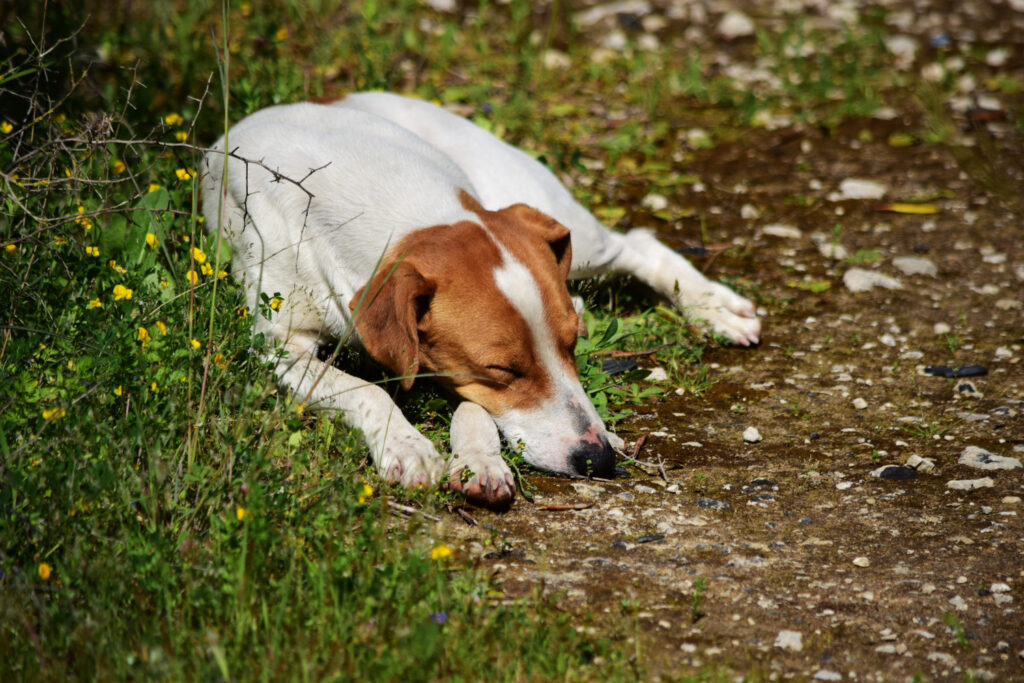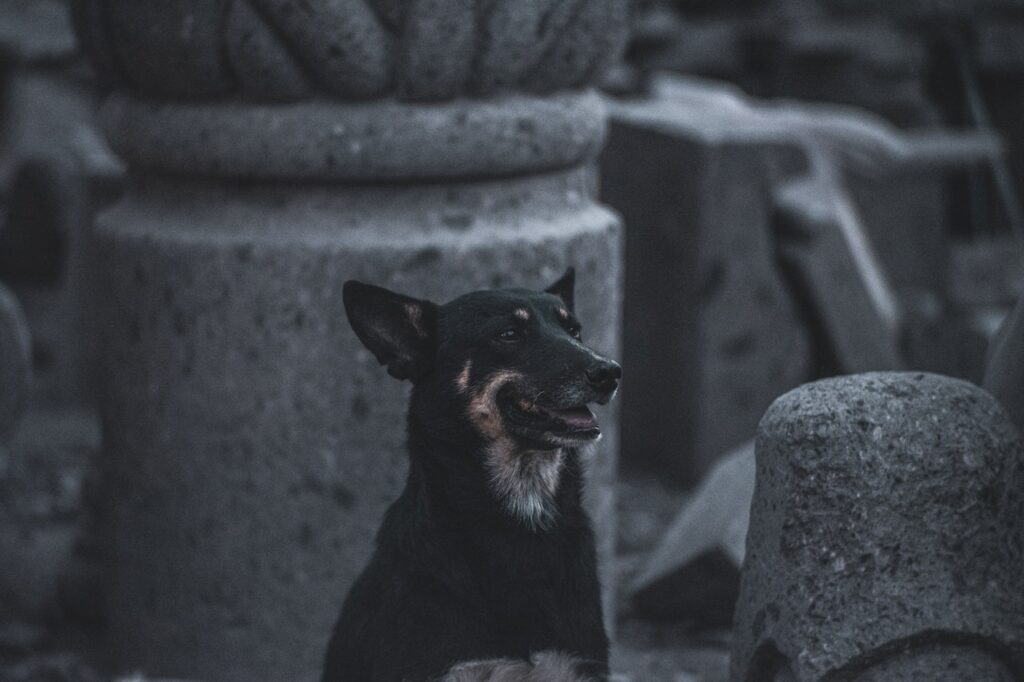When a dog is nearing the end of its life, it may exhibit strange behaviors that can puzzle and worry us. One of these behaviors is walking in circles. If you’ve seen your furry friend doing this before they pass away, you might wonder why they behave this way.
In this article, we will explore this interesting behavior and provide 12 possible reasons why dogs walk in circles before they die. Let’s dig in and solve this mystery.
1. Seeking Comfort and Safety

Dogs have a natural instinct to find a safe and cozy place to rest. Walking in circles may help them find the perfect spot where they feel secure before they pass away. It’s their way of seeking comfort in their final moments.
2. Feeling Physical Discomfort or Pain
When dogs experience physical discomfort or pain, they may walk in circles as a response. This behavior could be an attempt to ease their discomfort or find a position that reduces their pain. It’s important to provide them with proper veterinary care and support during this time.
3. Experiencing Cognitive Decline
As dogs grow older, they may experience a decline in cognitive function, often called canine cognitive dysfunction or dementia. This condition can lead to confusion and disorientation, causing dogs to walk in circles.
Consulting with a veterinarian who can provide guidance on managing cognitive decline in aging dogs is important.
4. Dealing with Loss of Balance

Elderly dogs, especially those with certain health conditions, often experience a loss of balance. Walking in circles could be their way of trying to compensate for this imbalance. If you notice your dog struggling with balance, it’s crucial to consult a veterinarian to determine the underlying cause.
5. Feeling Nervous or Anxious
Approaching the end of life can be a stressful time for dogs. They may sense changes in their environment and become nervous or anxious. Walking in circles might be a way for them to survive the tension or find comfort in a familiar routine.
6. Experiencing Changes in Senses
As dogs age, their senses may collapse. Loss of vision or hearing, for example, can lead to confusion and the need to walk in circles. Making adjustments to their environment to accommodate these changes can help provide a sense of security for aging dogs.
7. Searching for a Resting Spot
In the wild, dogs have an instinct to create a comfortable resting spot before they pass away. By walking in circles, they may be searching for the perfect location where they can peacefully rest. This behavior is deeply rooted in their instincts passed down from their ancestors.
8. Dealing with Internal Discomfort

When dogs are unwell or nearing the end of their life, they may experience internal discomfort. Walking in circles can provide temporary relief from this discomfort or serve as a distraction.
9. Experiencing Lack of Coordination
Due to factors like age, illness, or medications, dogs may experience a decline in coordination. This lack of coordination can cause them to unintentionally walk in circles. Ensuring their safety during this time by providing a secure and obstacle-free environment is crucial.
10. Experiencing Loss of Orientation
As dogs approach the end of their lives, they may lose their sense of orientation. Walking in circles could be a result of confusion or an inability to navigate their surroundings accurately. Providing a calm and familiar environment can help alleviate their distress.
11. Feeling Fatigue and Weakness
Declining health often leads to fatigue and weakness in dogs. Walking in circles may be an indication of their reduced energy levels and physical strength. It’s important to offer support and keep them comfortable during this phase.
12. Engaging in Conventional Behavior

In some cases, walking in circles before death may be a ritualistic behavior ingrained in a dog’s nature. This behavior has been observed in various animal species as they prepare for the end of their lives. It may serve as a way for dogs to mentally and emotionally prepare themselves for what’s to come.
Conclusion
Witnessing a beloved dog walking in circles before their passing can be a touching and puzzling experience. Understanding the reasons behind this behavior can help us provide better care and support to our furry companions during their final moments.
From seeking comfort and security to dealing with physical and cognitive changes, dogs exhibit a range of behaviors as they approach the end of their lives.
By acknowledging and accommodating these needs, we can ensure their comfort and dignity in their twilight days.
FAQs about Why Do Dogs Walk in Circles Before They Die
Q1: Is it normal for a dog to walk in circles before they die?
Yes, it is normal for dogs to walk in circles before they pass away. This behavior is often seen in aging dogs and can have various reasons, including seeking comfort, physical discomfort, cognitive decline, loss of balance, nervousness, and more.
Q2: Should I be concerned if my dog starts walking in circles before their death?
While it is natural for dogs to exhibit this behavior, it’s essential to monitor their overall well-being. If you notice any other concerning symptoms or if your dog seems to be in distress, it’s advisable to consult with a veterinarian for proper guidance and support.
Q3: Can walking in circles indicate that my dog is in pain?
Yes, walking in circles can sometimes be a sign that a dog is experiencing pain or physical discomfort. If you suspect that your dog is in pain, it’s crucial to seek veterinary attention to address their needs and provide appropriate care.
Q4: Is there anything I can do to help my dog during this time?
Absolutely. Providing a calm and comfortable environment for your dog is essential. Ensure they have a cozy resting spot, offer them gentle affection and reassurance, and consult with a veterinarian to address any specific needs or concerns.
Q5: My dog is getting older. Are there any preventive measures I can take to delay cognitive decline?
While it may not be possible to prevent cognitive decline entirely, there are steps you can take to promote your dog’s cognitive health. Regular mental stimulation, a balanced diet, and appropriate exercise can all contribute to maintaining cognitive function in aging dogs.


